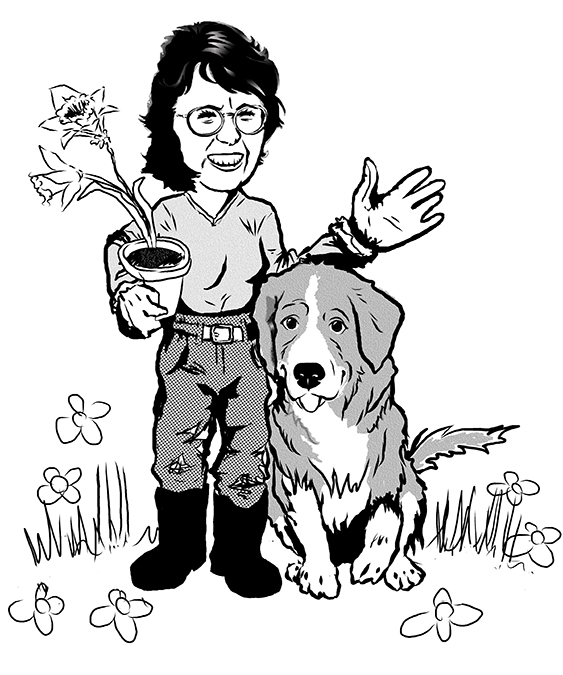By Leslie Cox; Wednesday, May 15, 2013
Sensuous flush, dainty frills, a radiant centre and alluring foliage – such is the romance of the peony. With names such as Necklace with Precious Pearls (‘Ying Luo Bao Zhu’), Invitation to Abundant Pleasure (‘Horakumon’), Lotus that Shines in the Sun (‘He Hua Ying Ri’), ‘Chiffon Parfait’ and ‘Scarlet O’Hara’ who can resist the seduction?
Their history is a long one – some say as far back as the period following the last Ice Age. But their presence in the garden really began in China around the early part of the 7th century. Peonies were very popular with the Imperial Rulers during the Tang Dynasty (618-906 A.D.) and were under their protection. Even back then, favourite varieties commanded high prices, often being included in a young girl’s dowry settlement.
Of more importance historically perhaps, has been the peony’s value as a medicinal plant. Evidence shows many parts of the plant have been used as far back as 2000 years ago to treat bacterial infections, relieve pain and nourish the blood. Today, researchers are testing the many compounds found in peonies for treating our more modern-day diseases such as arthritis. But we stray from the romance…
Many species and cultivars of peonies are hardy to Zone 2 which makes them an invaluable asset for floral landscapes in chillier northern regions. There are a number of different flower forms. Single has 5-13 petals; lotus has 4-5 whorls of petals that overlap slightly; semi-double is often referred to as a flower within a flower; crown is very double with a raised dome of small petals; bomb is a large, double flower with a raised centre of erect petals. These are just a tantalizing few.
There is also a wonderful selection of colours available now due to successful breeding. Some confusion has arisen out of the hybridizing process with regards to identifying cultivars by colour, however. Peony colour is affected by conditions such as the acidity or alkalinity of the soil as well as the quality of daylight. Some flowers also contain pigments which age at different rates. So depending on the geographic region, flower colour on the same cultivar may be quite varied.
Peonies are basically divided into two groups: tree peonies and herbaceous peonies. Technically described as a shrub in most reference books, tree peonies can eventually reach ten feet high and a similar spread in 50-60 years. Slower to grow than the herbaceous varieties, they may not produce flowers typical of the cultivar until they are five or more years old.
They also have different planting requirements than the herbaceous peonies. Most tree peonies you will find in the nurseries have been grafted onto strong rootstock. If you have purchased a grafted cultivar, the graft union must be planted about 6 inches (15 cm) below the soil surface. Improper planting can result in a weak stem and few flowers…with the real possibility of losing the plant all together.
Herbaceous peonies, on the other hand, should be planted with the crown about 2 inches (5 cm) below the soil surface. Be very careful when spreading out their roots as they are brittle and easily broken.
Planting depth is critical. Flowering very much depends on the peony getting some “chill time” over the winter in order to initiate flower bud formation. In light of this, the actual planting depth for herbaceous peonies will ultimately depend on the depth of ground frost in your area.
Last but not least, peonies make wonderful cut flowers too. So after a romantic interlude in the garden, who would not want to follow Tipsy Imperial Concubine (‘Jui Zui Yang Fei’) indoors to languish seductively before the fragrant creamy yellow beauty of ‘Moonrise’?
